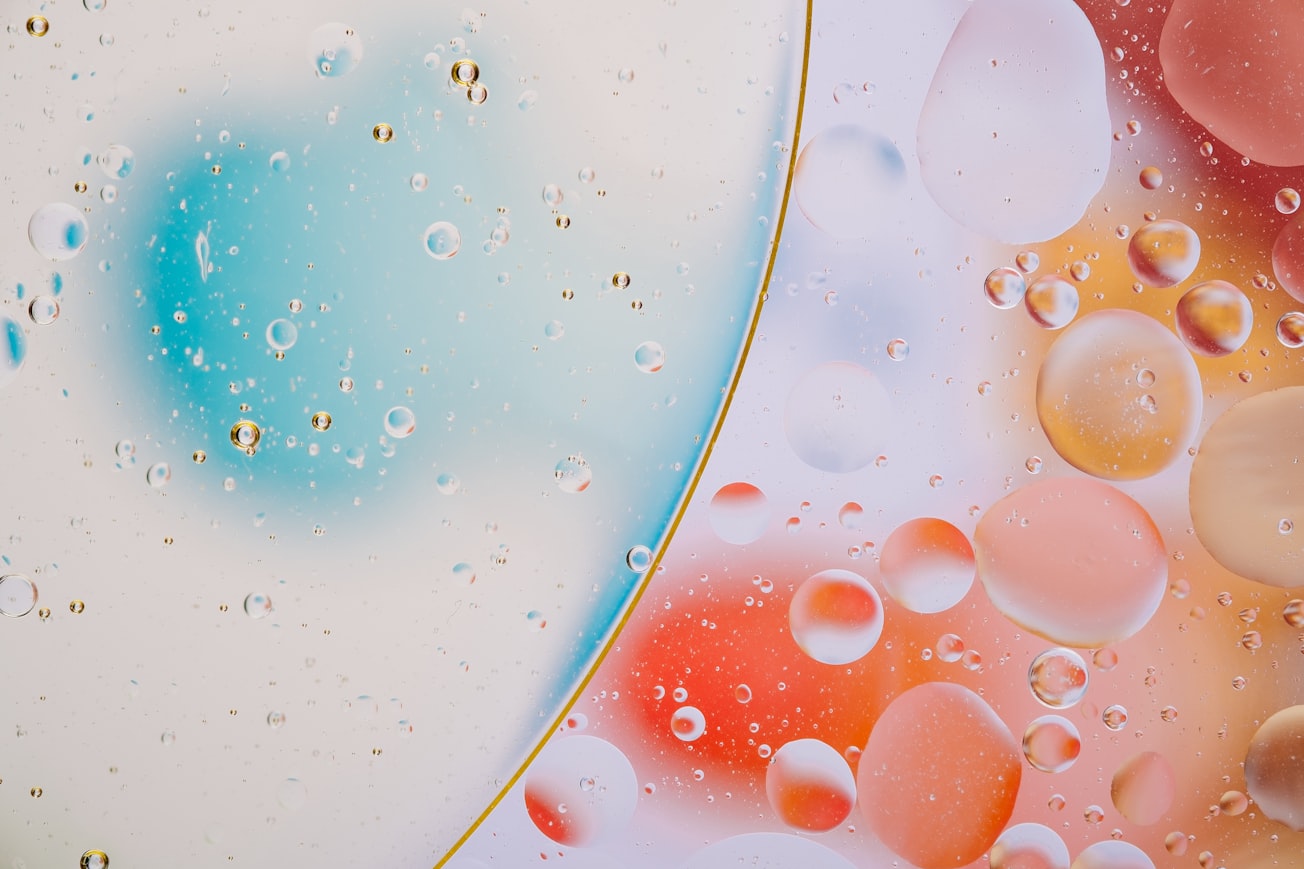What is it about?
The lipid bilayer is a bilayer of phospholipids and is the basic structure of the cell membrane of almost all living organisms. From the microscopic viewpoint, the lipid bilayer is an alignment of phospholipid molecules, but it appears to be an elastic membrane from the macroscopic view. For this membrane to maintain its shape, it must be able to return to its original shape after deformation. Two possible origins of this restoring force are the interfacial tension and the membrane elastic force, but it has yet to be determined which one contributes more. This paper adopted a simplified model to clarify how those two restoring forces work.
Featured Image

Photo by Rodion Kutsaiev on Unsplash
Why is it important?
Although there is two membrane restoring forces, interfacial tension and membrane elasticity, it was suggested that interfacial tension is dominant in monolayer membranes and membrane elasticity is dominant in bilayer membranes. This work has shown that by successfully manipulating the interfacial tension even in monolayer membranes, the membrane restoring force can crossover from the interfacial tension to the membrane elastic force. This work opens up the possibility of designing new molecules.
Perspectives
We have succeeded in extracting surfactant properties with a very simple model of two beads connected by a spring. We expect that physicists can still reproduce and discover interesting phenomena by playing with springs and beads.
Dr. Hiroshi Watanabe
Keio Gijuku Daigaku
Read the Original
This page is a summary of: Effect of surfactants on the elasticity of the liquid–liquid interface, The Journal of Chemical Physics, March 2023, American Institute of Physics,
DOI: 10.1063/5.0138733.
You can read the full text:
Contributors
The following have contributed to this page










